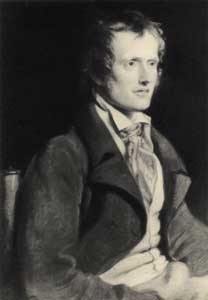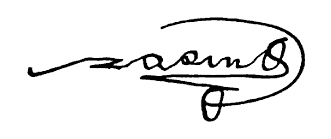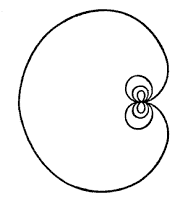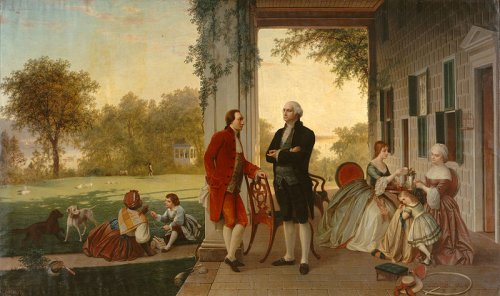Early in July 1807, a most extraordinary phenomenon was observed by several people of credit, at the house of Mr. Rhodes, in Thornes-lane, near Wakefield. A hen had been sitting on ducks’ eggs, several of which had produced ducklings: on examining one egg, a small hole was found in one end of the shell, through which a toad was discovered, not alive, which filled the whole shell, and seemed, upon breaking it, to be absolutely straitened for want of room. Except the small hole, such as is usually found in an egg, when the animal within is mature for hatching, the shell was perfectly whole, so as utterly to preclude the supposition of the toad’s having crept in through the hole. We have ourselves seen the toad, and with a small part of the shell still adhering to it.
— Wakefield Star, quoted in Kirby’s Wonderful and Eccentric Museum, 1820





